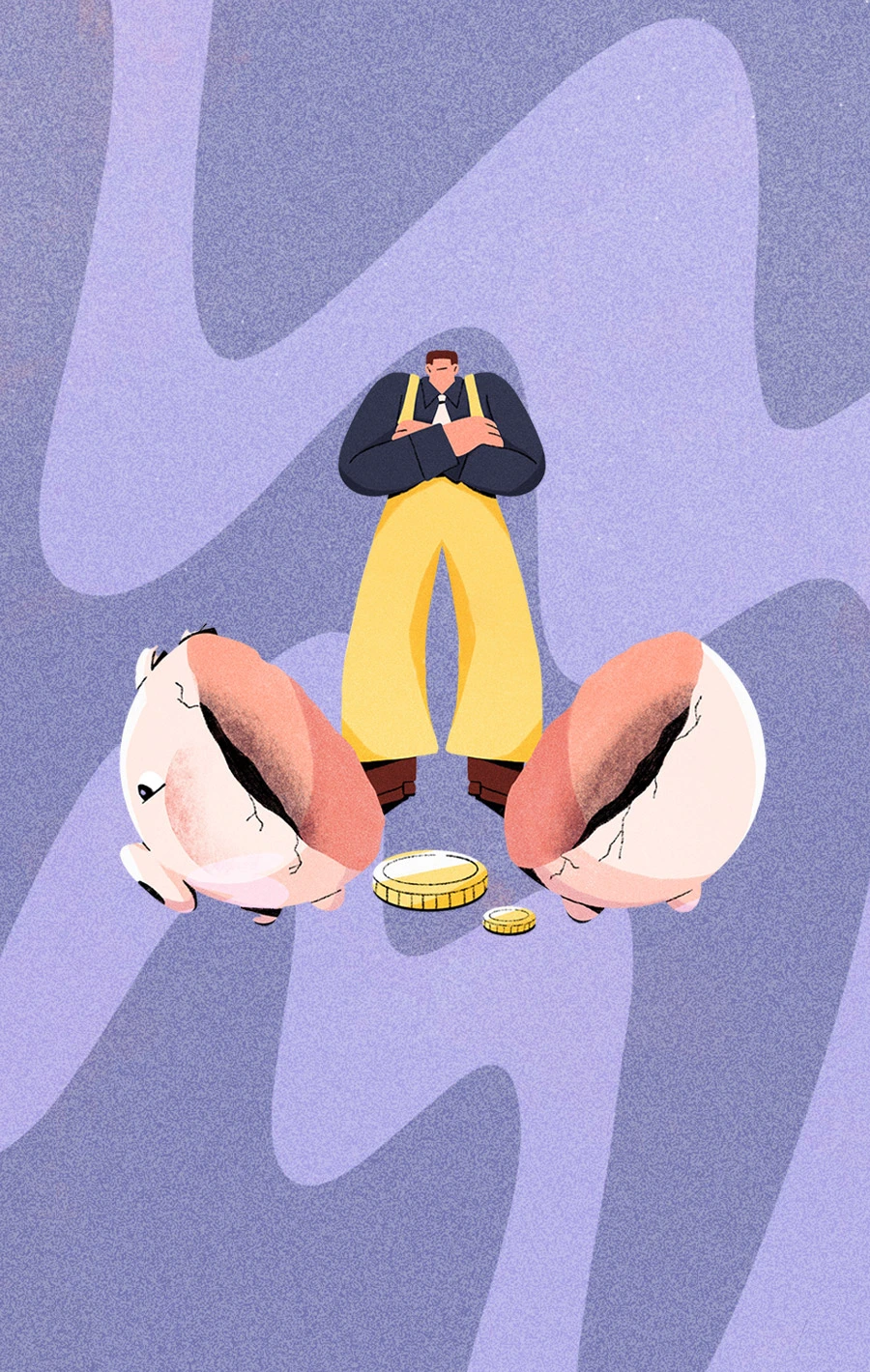What Happens to IBR and SAVE Borrowers When RAP Starts
Updated on October 28, 2025
Nothing dramatic happens when the new Repayment Assistance Plan (RAP) launches in 2026. If you’re already in Income-Based Repayment (IBR), you can stay there as long as you want. You’ll also have the option to move into RAP once it’s available.
For SAVE borrowers, RAP will take SAVE’s place once the court injunction lifts. Your repayment history for IBR loan forgiveness will carry over automatically, and you won’t lose any qualifying time.
For most borrowers, the choice comes down to simple math: IBR stays on a 20- or 25-year timeline, while RAP adds five more years but offers stronger interest relief.
What Happens to IBR Borrowers When RAP Launches
RAP doesn’t replace or erase IBR. It simply becomes the default plan for new borrowers taking out federal loans after July 1, 2026. If you’re already in IBR, you can keep your plan indefinitely—no forced migration and no lost progress.
When RAP arrives, you’ll be allowed—but not required—to switch. Your existing IBR payment history from the one-time account adjustment carries over automatically. If you’ve made 240 or 300 qualifying payments, those months still count toward forgiveness. The only change is that RAP extends the finish line by five years: 25 years becomes 30, and 20 becomes 25.
That’s why the switch will make sense for some people and not for others.
If you’re close to forgiveness — say within a few years — staying in IBR almost always wins. The extra five years under RAP would cost you more time than the interest savings are worth.
If you’re many years away from forgiveness and your balance is growing fast because of interest, RAP’s built-in interest waiver and monthly principal credit could reduce the long-term damage, even with the longer timeline.
Related: Should You Switch from SAVE or PAYE to IBR for Forgiveness?
What Happens to SAVE, PAYE, and ICR Borrowers
For borrowers in SAVE, PAYE, or ICR, the shift to RAP is mostly about timing. These plans are being phased out, but not all at once.
Here’s what’s currently known:
PAYE and ICR stay open until July 1, 2028. After that, those plans sunset for everyone.
SAVE’s future depends on the court injunction. Once that case ends, SAVE will close—likely around the time RAP becomes available in mid-2026.
When that happens, the Education Department isn’t expected to cut borrowers off midstream. Instead, you’ll either be automatically mapped into RAP or given the option to switch manually. Every month you’ve already earned under SAVE, PAYE, or ICR will carry forward toward forgiveness—you won’t lose credit or start over.
What Are the Benefits of RAP
From a benefit standpoint, RAP is designed to give SAVE borrowers a relatively soft landing. It keeps two key features that SAVE introduced:
An interest waiver — unpaid interest won’t pile up if you make your required payment.
A principal contribution — each payment chips away at your balance even when your income-based amount is small.
These two benefits could lower a future tax bill.
Related: Will I Owe Taxes on IBR Forgiveness After 2025?
The trade-off is that RAP’s payments will likely be higher than SAVE’s 5% formula, and its forgiveness timeline stretches an extra five years. So while RAP isn’t as generous, it’s still a step up from the older PAYE and ICR plans.
If you’re in one of those older plans and are close to forgiveness, it’s fine to stay put until you’re done. But if you’re years away—or your balance is still climbing—it’s worth watching for the official RAP transition notice in 2026 and comparing your options once the calculators are live.
Deadlines That Matter Between Now and 2028
There aren’t many hard deadlines to worry about in this transition, but the few that exist carry real consequences if you miss them. Here’s what matters most:
Date
What Happens
Who It Affects
1. June 30, 2026
Parent PLUS borrowers must consolidate their loans into a Direct Consolidation Loan to keep access to income-driven repayment and forgiveness under IBR or RAP.
Parent PLUS borrowers
2. July 1, 2026
RAP officially launches. New borrowers taking out loans on or after this date will only be eligible for RAP—not IBR, PAYE, or ICR.
New borrowers entering repayment
3. 2026–2027
Expected transition window for SAVE borrowers once the injunction lifts. ED will announce whether SAVE borrowers are automatically moved into RAP or given an opt-in option.
Current SAVE borrowers
4. June 30, 2028
PAYE and ICR sunset. Borrowers still in those plans will be transferred into RAP or moved to the Standard Plan if they take no action.
PAYE and ICR borrowers
Aside from the 2026 consolidation cutoff for Parent PLUS loans, none of these dates require you to take any immediate action.
The Department of Education will send notices when transitions begin. Still, keeping these milestones on your radar helps you plan ahead—especially if you’re timing forgiveness under IBR or considering whether RAP might make sense once it’s available.
FAQs
Will I lose my IBR progress when RAP starts?
No. You can stay in IBR indefinitely, and your qualifying payments continue to count. If you choose to move to RAP, your IBR credit carries over automatically.
Will I be forced to switch into RAP?
No. IBR remains open to existing borrowers. SAVE, PAYE, and ICR borrowers will either be automatically mapped into RAP or given an option once their plans close.
When will SAVE officially end?
SAVE will close once the court injunction resolves—likely around the time RAP launches in mid-2026—but the Department of Education hasn’t set a formal date.
What if I take out new federal loans after July 1, 2026?
New loans issued after that date will only qualify for RAP. It’s not yet clear whether taking on a new loan will automatically place your older IBR or SAVE loans into RAP as well.








